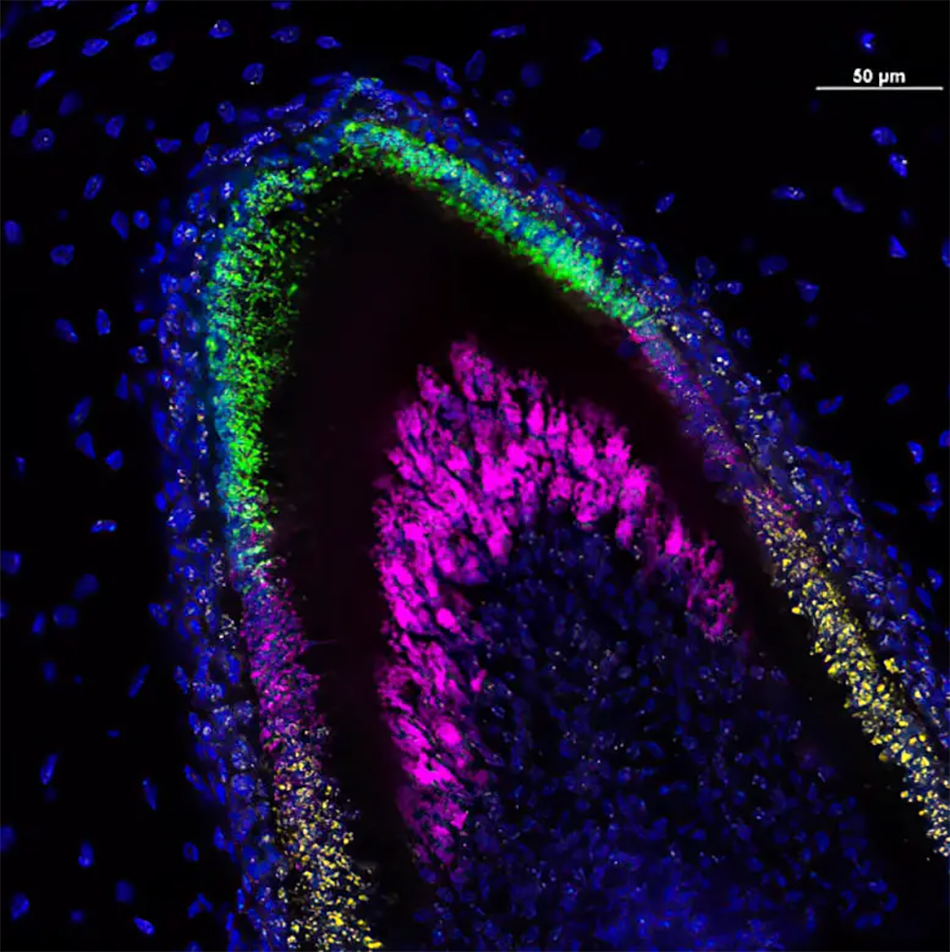Tooth Enamel Regeneration? Organoids Maybe the Answer
The endometrium, non-injured skin, bone, and liver are body parts that can regenerate over time. However, that is not the case with tooth enamel on permanent teeth. While it is the hardest tissue in the body, it can wear away. Consuming large quantities of sugary and acidic foods and beverages and poor dental care can cause tooth enamel to weaken. Once it is gone, there is no way to get it back, despite the advancements in tooth technology. Traditionally, a person would need dentures to get a full set of beautiful teeth.
Things are likely to change
However, losing teeth may soon change. A team of research scientists from the University of Washington School Of Dentistry stated in their new study published in Development Cell that they used human stem cells to grow organoids. These are 3D tissue cultures capable of producing ameloblasts that provide working enamel. The body cannot repair or regenerate the enamel because the ameloblasts die when the enamel formation is complete.
In a press release, Hai Zhang, PhD, a dentist, researcher, and co-author of the study, said it is a critical first step in their long-term goal. They aim to develop stem cell-based treatments to repair damaged teeth. They also want to regenerate lost teeth.
Creating the organoids
The researchers studied and replicated the genetic program that causes the growth of fetal stem cells into specialized cells that produce enamel. It required a gene sequencing technique – single-cell combinatorial indexing RNA sequencing (sci-RNA-seq)- showing which genes are active at different phases of cell development.
Afterwards, they used Monocle, a program that maps gene expression patterns driving stem cells to separate into ameloblasts, which helped them to make an ameloblast-building blueprint.
Later, they exposed the stem cells to specific chemicals that promote gene expression following the sequence they learned from the sci-RNA-seq. It took a while before they successfully steered the stem cells to turn into ameloblasts. While performing their research, the team also discovered a previously undistinguishable subodontoblast, which is believed to be a predecessor for odontoblast, a cell necessary for forming teeth.
These cells could be stimulated to form organoids similar to the developing human teeth structures. The organoids released enamelin, amelogenin, and ameloblastin – the base proteins necessary for enamel formation. Through remineralization and other specific conditions, the proteins can form the enamel.
Need for further work
The research team has not explained how the proteins will be introduced to dental patients. However, the scientists are reportedly working on ways to refine their process. They want to enamel to become as durable as natural teeth. After that, they will concentrate on growing the enamel in the lab, hoping to use the organoids to fill cavities. There is also the possibility that the organoids can be applied as “living fillings” that grow by themselves.

